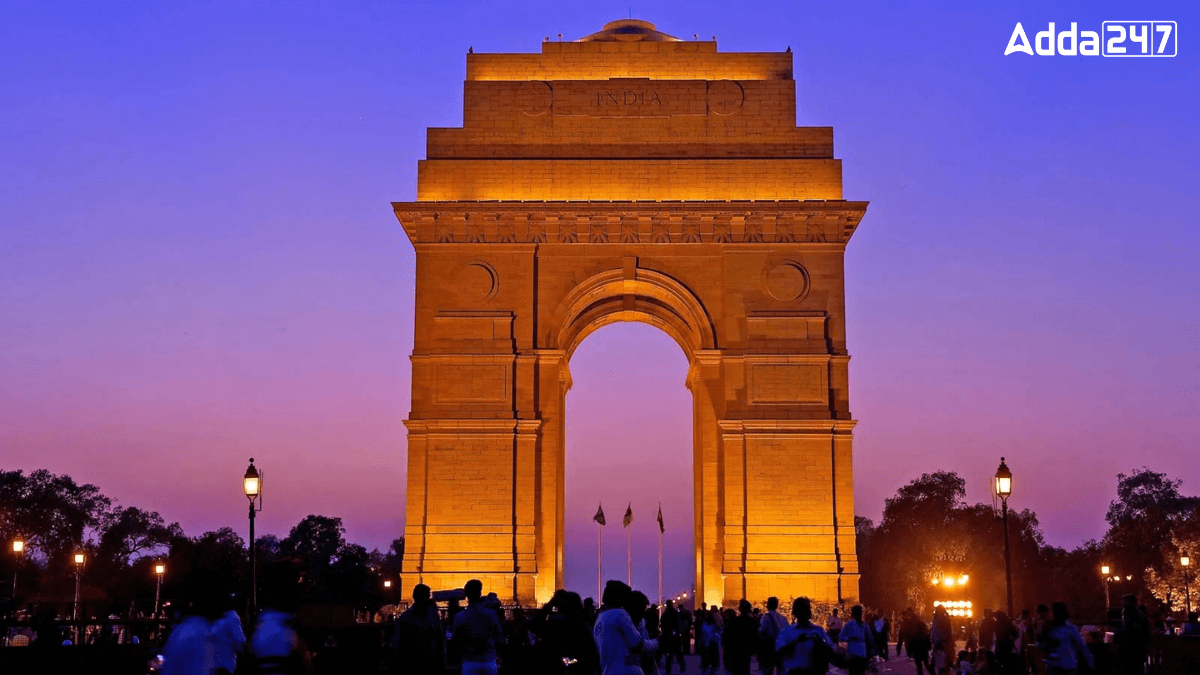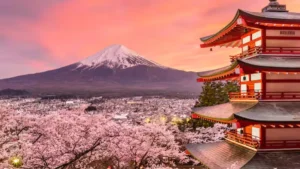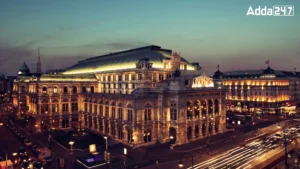Delhi is a city full of history and culture, with an important role in India’s past and present. For centuries, it has been the center of power, watching many empires rise and fall. Its location made it strategically important, and over time, it became a major administrative hub. Learning how and when Delhi became India’s capital helps us understand its remarkable journey.
When did Delhi Became the Capital of India?
Delhi became the capital of India on February 13, 1931. Before this, Kolkata was the capital of British India. The decision to move the capital from Kolkata to Delhi was announced in 1911 by King George V. This shift marked a significant moment in India’s history, blending political strategy with grand architecture and shaping Delhi as the center of governance.
The Announcement in 1911
During the Delhi Durbar on December 12, 1911, King George V declared the decision to shift the capital from Kolkata to Delhi. Several reasons influenced this change. Delhi was historically significant as it had been a major political center for many empires. Its location was also more central, making governance easier.
Why Delhi was Chosen?
Before the shift, Kolkata had been the capital since the early 19th century. However, British officials realized that Delhi’s central location made it more accessible. it was also closer to Shimla, the summer capital. Additionally, Delhi’s rich history, linked with Hindu and Muslim pride, made it a symbolic and strategic choice.
Architectural Vision for New Delhi
Two British architects, Sir Edwin Lutyens and Sir Herbert Baker, were tasked with designing New Delhi. They planned a city that showcased British imperial power while serving as a modern administrative hub. Construction began after World War I, with four million British pounds allocated for the project.
Inauguration of New Delhi
New Delhi was officially inaugurated as the capital on February 13, 1931, by Lord Irwin, the Viceroy of India. The city featured wide roads, grand government buildings and lush gardens. Its architecture was a blend of Indian and European styles, representing a new era in governance.
Delhi Today
Since becoming the capital, New Delhi has grown into a bustling city and the political heart of India. It is home to key institutions like the Parliament House, Rashtrapati Bhavan (Presidency’s residence), and various ministries. New Delhi symbolizes India’s rich history and it’s journey toward independence and self-governance.



 Which Country is Known as the Land of Ch...
Which Country is Known as the Land of Ch...
 Which Bird is known as the King of Birds...
Which Bird is known as the King of Birds...
 Which City of Austria is Known as the Ci...
Which City of Austria is Known as the Ci...







